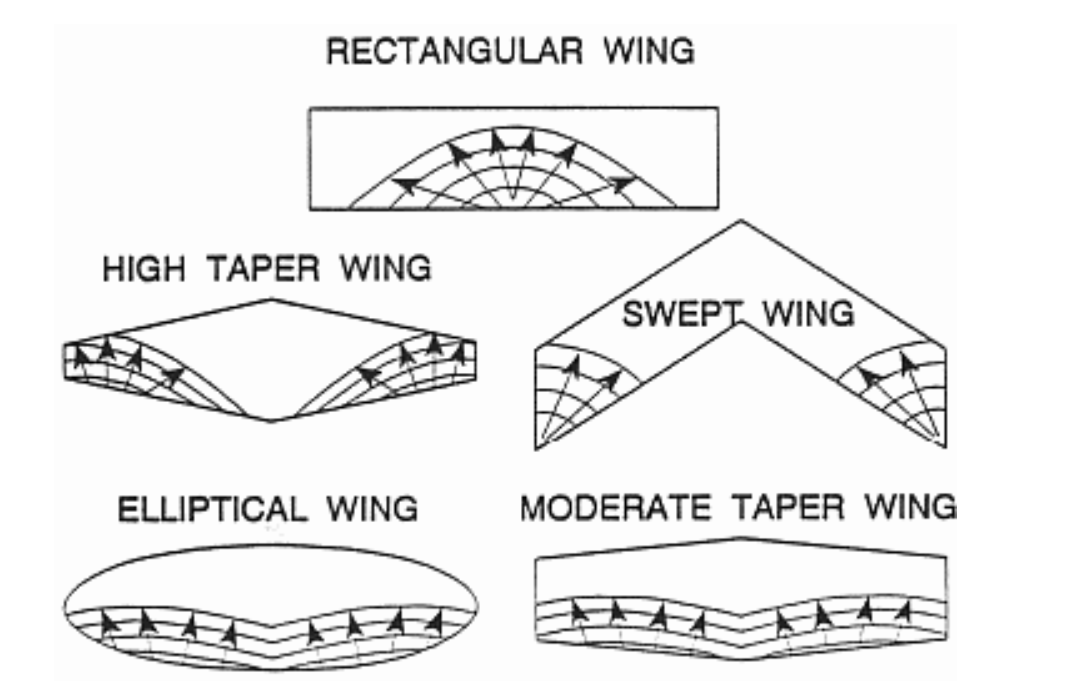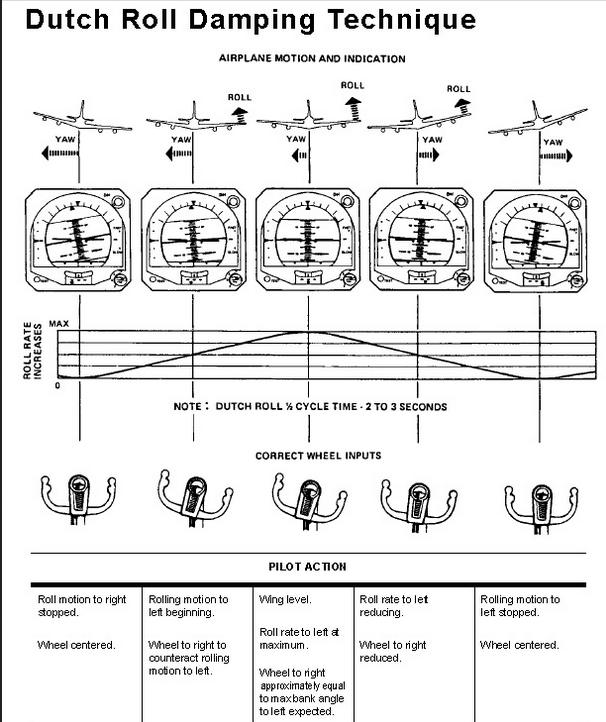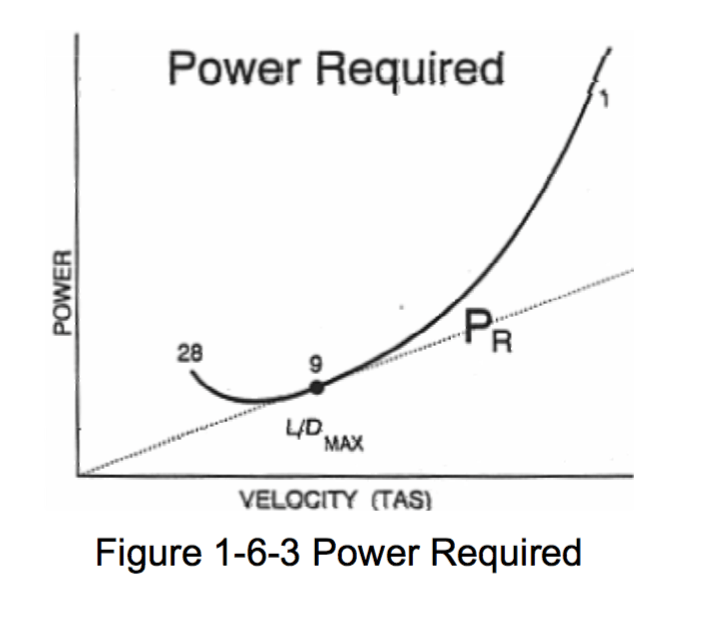
Flap Review
admin@readysettakeoff.com

Related Articles
-
Regions of Command
Jet Brain, , Aerodynamics, 0
You are unauthorized to view this page. Please login your credentials Username Password Remember Me Forgot Password
-
Stall Pattern and Wing Design
Jet Brain, , Aerodynamics, 0
You are unauthorized to view this page. Please login your credentials
-
Controllability Factors
Jet Brain, , Aerodynamics, 0
You are unauthorized to view this page. Please login your credentials
-
Stalls
Jet Brain, , Aerodynamics, 0
You are unauthorized to view this page. Please login your credentials
-
Longitudinal Static Stability
Jet Brain, , Aerodynamics, 0
You are unauthorized to view this page. Please login your credentials
-
Stability
Jet Brain, , Aerodynamics, 0
You are unauthorized to view this page. Please login your credentials
-
Thrust Required
Jet Brain, , Aerodynamics, 0
You are unauthorized to view this page. Please login your credentials
-
Boundary Layer Control Devices
Jet Brain, , Aerodynamics, 0
You are unauthorized to view this page. Please login your credentials








